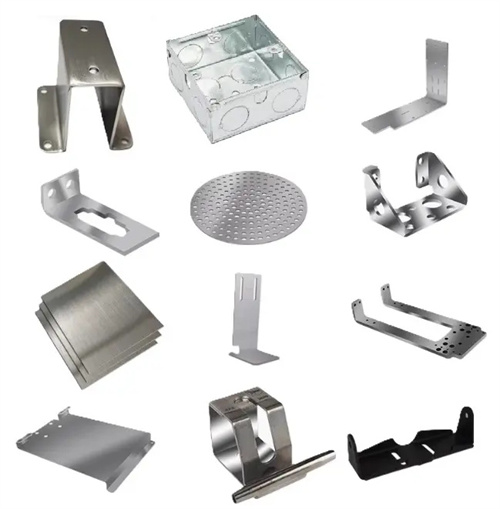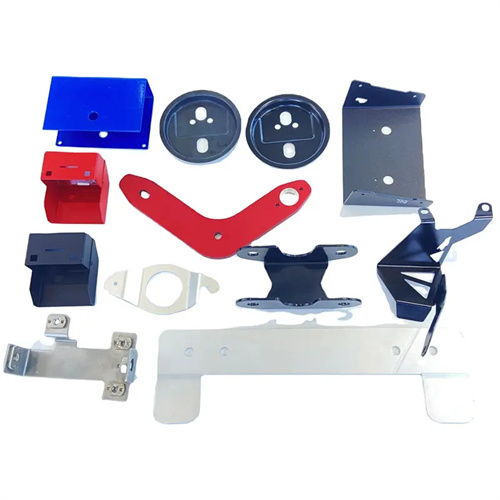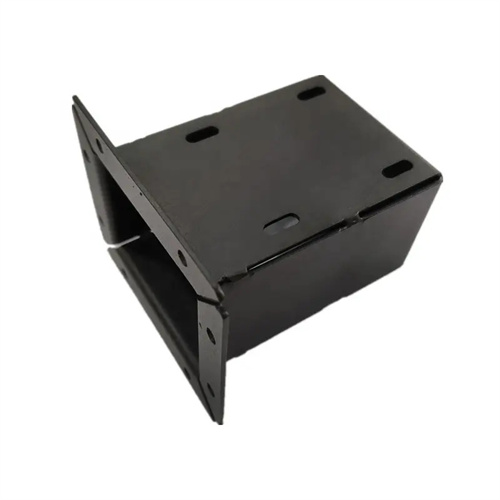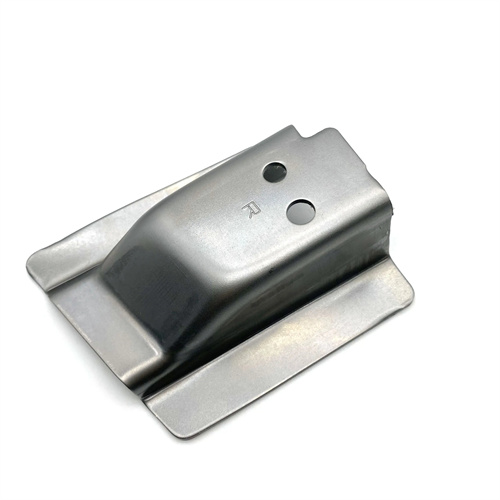Cold-formed rectangular steel pipes for building structures
Cold-formed rectangular steel tubes for building structures are formed by cold-bending steel strips into rectangular cross-sections. Due to their excellent mechanical properties, light weight, and convenient construction, they are widely used in load-bearing components such as beams, columns, and trusses in steel structures, making them a key material for modern industrialized construction. Their cross-sectional dimensions typically range from 50mm×30mm to 500mm×300mm, with wall thicknesses of 2-12mm. They are primarily made from carbon structural steels such as Q235B and Q355B, as well as low-alloy, high-strength steels. Q355B, with its high yield strength of 355MPa, is particularly popular in long-span structures, significantly reducing component cross-sectional dimensions.

In terms of production technology, the manufacture of cold-formed rectangular steel tubes for building structures requires key steps, including steel strip pretreatment, cold-formed steel tubes, welding, shaping, and heat treatment. First, hot-rolled or cold-rolled steel strips with a thickness tolerance of ≤±0.1mm and a width accuracy of ±0.5mm are selected. Surface impurities are removed through degreasing and rust removal to ensure weld quality. Cold-formed steel strips are formed using a multi-pass roll forming machine, with 15-25 sets of rollers gradually rolling the steel strip into a rectangular cross-section. The reduction (≤8%) and rolling speed (8-15m/min) are carefully controlled during each pass to avoid wrinkles or cracks. Corner radius is controlled between 1.5 and 3 times the wall thickness to ensure uniform stress distribution. The welding process utilizes high-frequency resistance welding (HFRI) or submerged arc welding (SAW). HFRI is suitable for small and medium-caliber steel pipes, with a welding speed of 20-30 m/min. After welding, a squeeze roller is used to remove burrs. Submerged arc welding is used for large-diameter, thick-walled steel pipes, ensuring weld penetration ≥90% of the wall thickness. 100% ultrasonic testing is performed after welding. During the shaping process, a sizing mill corrects dimensional deviations, maintaining a cross-sectional tolerance of ±1 mm and a diagonal tolerance of ≤2 mm. Finally, stress relief annealing (600-650°C for 1-2 hours) is performed to reduce residual weld stress and ensure stable component performance under load.

The performance advantages of cold-formed rectangular steel tubes for building structures make them highly competitive in the steel structure construction market. First, they offer excellent mechanical properties. Q355B cold-formed rectangular steel tubes have a tensile strength of ≥470 MPa. At the same load-bearing capacity, they are 20%-30% lighter than hot-rolled steel sections, reducing building weight. Second, they offer cost-effective cross-sections. The moment of inertia of rectangular sections is over 40% higher than that of round tubes of the same weight, resulting in superior bending and torsional resistance, making them suitable for flexural members such as beams and columns. Third, they are highly connectable and can be quickly assembled through bolting and welding. This improves on-site construction efficiency by over 50% compared to concrete structures, shortening construction schedules. Fourth, they offer high dimensional accuracy, with cross-sectional dimensional deviations ≤1% and straightness ≤1 mm/m, facilitating standardized production and assembly, making them suitable for prefabricated construction. Fifth, corrosion resistance can be enhanced through surface treatment. Hot-dip galvanizing (zinc layer thickness ≥85 μm) or plastic coating (coating thickness ≥60 μm) can achieve a service life of 20-30 years in normal environments.

In application scenarios, cold-bent rectangular steel pipes for building structures are the core load-bearing materials for various types of buildings. In multi-story steel-structured residential buildings, frame columns are made of 200mm×200mm×6mm Q355B rectangular steel tubes, combined with C-shaped steel purlins to form a lightweight skeleton with seismic resistance meeting the requirements of 7-degree fortification. In large-span factory buildings, roof beams and crane beams use 300mm×200mm×8mm rectangular steel tubes, with spans of up to 20-30m to meet the needs of heavy equipment lifting. In commercial complexes, the supporting skeleton of glass curtain walls uses 250mm×150mm×5mm rectangular steel tubes, balancing strength and aesthetics. In sports stadiums, stand cantilever beams and roof trusses use 400mm×300mm×10mm thick-walled rectangular steel tubes to withstand large-span loads. In municipal engineering projects, the main beams of overpasses use 500mm×300mm×12mm rectangular steel tubes, with a lightweight design to reduce foundation loads.

Industry trends indicate that cold-formed rectangular steel tubes for building structures are trending toward high strength, large sizes, and green construction. The use of higher-strength steel grades (such as Q460 and Q690) increases bearing capacity by over 30% for the same cross-section, driving thinner-walled components. Breakthroughs in production technology for large-format rectangular steel tubes (600mm x 400mm and above) are meeting the demands of super-high-rise buildings and long-span bridges. The promotion of green production processes, including the use of electric arc furnaces for shortened production processes and the utilization of scrap steel and clean energy, has reduced carbon emissions by over 40%. The application of intelligent manufacturing technologies, driven by BIM models, enables digital control of component dimensions, achieving an accuracy of ±0.5mm. In the future, with the increasing proportion of steel structures and the development of prefabricated buildings, market demand for cold-formed rectangular steel tubes will continue to grow, driving the industry to achieve greater breakthroughs in material research and development and process innovation.
